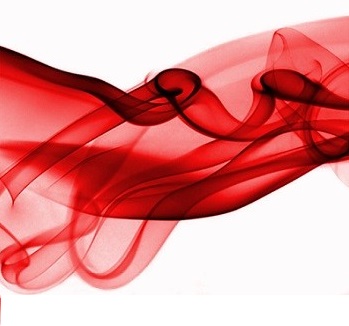Symptoms of Hypotension
In most healthy people, hypotension or low blood pressure is usually not a concern and does not require any treatment. For instance, most people who exercise regularly have lower blood pressure compared to people who do not exercise.
Often, low blood pressure also comes without any symptoms, but on the other hand, it can also be an indication of an underlying or more severe health problem. For example, in elderly people, it may cause inadequate flow of blood to one’s heart, brain, and other vital organs of the body.
If your blood pressure suddenly drops to 90/60 or below, seek medical help right away. Hypotension can cause shock and shock can be dangerous (even life-threatening) if it is not treated immediately. Other hypontesion symptoms to watch out for are:
If you are unsure what is low, normal or high blood pressure, consult your doctor. If you are doing the blood pressure measurement yourself, this blood pressure chart might help.
 Low blood pressure is also known as hypotension. A value of 90/60 mmHg may indicate hypotension.
Low blood pressure is also known as hypotension. A value of 90/60 mmHg may indicate hypotension.What causes Hypotension
The causes of low blood pressure or hypotension are not always clear. On the other hand, this condition may be associated with any of the following:
Treatment
The treatment for hypotension depends on your symptoms, the reasons/ causes, and the severity of your low blood pressure.
The doctor may prescribe the following treatments:
Hypotension can be just as dangerous as high blood pressure or hypertension. Seek medical help right away.










































is a blood pressure 80/90 low
Normal blood pressure value is 120/80 mmGh, preferably less. High blood pressure is anything above 140/90 mmGh. High blood pressure is also referred to as hypertension. Low blood pressure is anything below 110/70 mmGh. Low blood pressure is also referred to as hypotension. […]